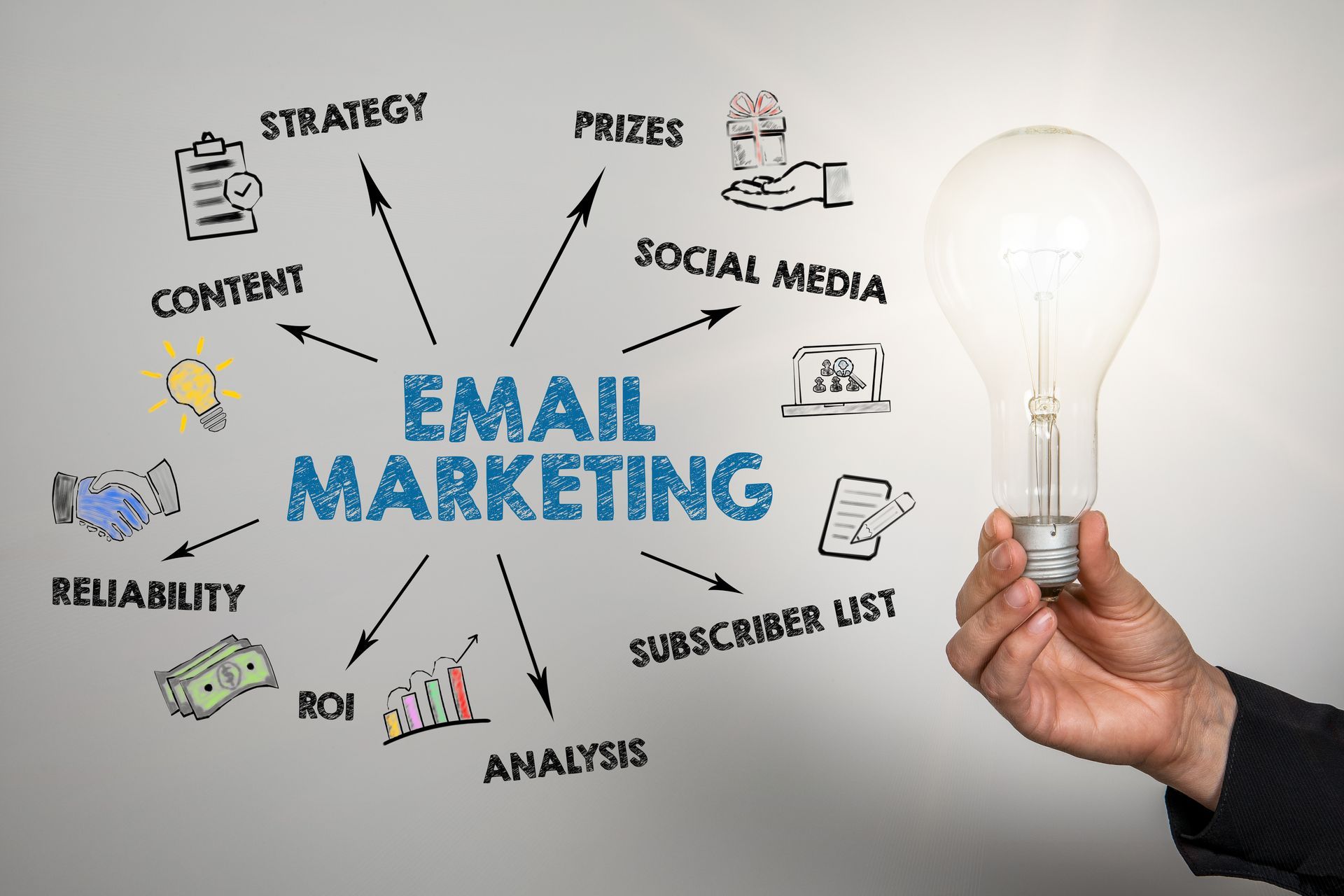Quick Start Guide to Understanding SEO for Non-Technical People
This is a subtitle for your new post
Quick Start Guide to Understanding SEO for Non-Technical People
Search Engine Optimization (SEO) often sounds like a complex term, especially if you're not too tech-savvy. I’ll break down SEO in a way that's easy to understand and implement, even for those who don't speak 'tech'.
What is SEO?
Imagine you're a librarian, but not a regular one. You're a librarian for every book in the world. People depend on you every day to find the exact book they need. How do you do it? You need a system – and that system is what we call Search Engine Optimization (SEO).
In simpler terms, SEO is the process of optimizing your website so that search engines like Google can easily find it and show it to people who are searching for information related to your business, blog, or product.
Why is SEO Important?
To understand the importance of SEO, let’s consider this scenario: You've just opened a pizza shop in town. It's got the best pizza, but nobody knows about it. If you're not visible when people search for “pizza near me,” you’re missing out on a lot of business. That's precisely what happens online without good SEO.
How Does SEO Work?
Search engines use algorithms to provide the most relevant and high-quality results to users’ queries. To decide the relevance and quality of websites, search engines consider several factors, including keywords, site structure, site speed, content quality, and backlinks (other websites linking to yours).
Now, let's break down these factors:
Keywords
Keywords are the words or phrases that people type into search engines. If your website's content matches these search terms, you're in the game.
How to Optimize for Keywords:
- Research: Use tools like Google Keyword Planner or SEMrush to find keywords relevant to your business.
- Incorporation: Include these keywords in your website’s content, URLs, and meta tags (more on this later).
- Balance: Don’t overdo it. Too many keywords (keyword stuffing) can be penalized by search engines.
Site Structure
Search engines love websites that are well-organized. A well-structured site with a clear hierarchy is like a well-organized book – easy to navigate and understand.
How to Optimize Site Structure:
- Simplicity: Keep your site structure simple and logical.
- Navigation: Ensure your site navigation is user-friendly. Use clear, descriptive labels for menus.
- URL Structure: Use SEO-friendly URLs that are short and descriptive.
Site Speed
In the age of instant gratification, slow-loading sites are a big no-no. Google considers site speed as a ranking factor because it affects user experience.
How to Improve Site Speed:
- Optimize Images: Large image files can slow down your site. Compress them to improve loading speed.
- Minimize Code: Clean up your website’s code. Remove unnecessary characters and spaces.
- Use a Good Hosting Provider: A good web host can make a big difference in site speed.
Content Quality
Quality content is king. It's what draws people to your site and keeps them there. High-quality, relevant content can improve your site’s ranking and user engagement.
How to Improve Content Quality:
- Valuable Information: Provide content that is informative, engaging, and valuable to your audience.
- Regular Updates: Keep your content fresh and up-to-date.
- Use Multimedia: Enhance your content with images, videos, and infographics.
Backlinks
Backlinks are links from other websites to your site. They’re like votes of confidence from others in the online community, telling search engines that your site is valuable and trustworthy.
How to Get Backlinks:
- Create Quality Content: People will naturally want to link to useful, informative content.
- Guest Blogging: Write articles for other blogs in your industry and include a link back to your site.
- Reach Out: Connect with other website owners and bloggers and ask them to consider linking to your site.
The Basics of On-Page and Off-Page SEO
SEO can be broadly categorized into two types: On-Page SEO and Off-Page SEO.
On-Page SEO
This is all about the content on your website and how well it’s optimized for both search engines and users. It includes optimizing your keywords, content quality, images, page titles, meta descriptions, and so on.
Tips for On-Page SEO:
- Page Titles: Make them clear and include main keywords.
- Meta Descriptions: Write compelling descriptions for your pages. This is what shows up in search results.
- Alt Text for Images: Describe your images using alt text to make them SEO-friendly.
Off-Page SEO
This refers to actions taken outside of your own website to impact your rankings within search engine results pages. This primarily involves building backlinks.
Tips for Off-Page SEO:
- Social Media Engagement: Be active on social media to increase your online presence.
- Guest Blogging and Article Submission: Write for other sites and forums to build backlinks.
- Local Listings: Get listed in online directories and review sites.
Final Thoughts
SEO might seem daunting at first, especially if you're not a tech person, but once you get the hang of it, it's not that complex. Think of it as a way of making friends with search engines – the better they understand you, the more they'll want to introduce you to others (potential customers).
SEO is not a one-time job; it's an ongoing process. The digital world is always evolving, and so are the algorithms of search engines. Keep learning, keep optimizing, and keep growing. Remember, in the world of SEO, patience and persistence are virtues. Good luck!
Take Your First Step Towards SEO Mastery
Now that you've dipped your toes into the vast ocean of SEO, it’s time to take the plunge and start optimizing your website for success. Remember, SEO is a journey, not a sprint. It’s about making incremental improvements that add up to significant results over time.
Are you ready to elevate your website's visibility and drive more traffic? Don't let the complexities of SEO hold you back. Whether you're looking to refine your strategy or start from scratch, we’re here to help.
Contact Mahogany Tech today for a personalized SEO consultation! Our team of experts is dedicated to demystifying SEO for you and tailoring a strategy that fits your unique business needs. Let's turn your website into a success story.










